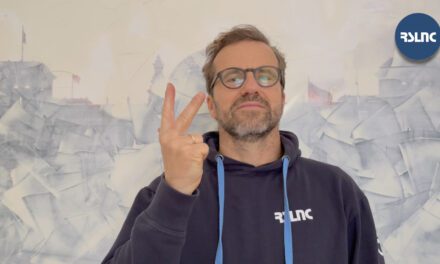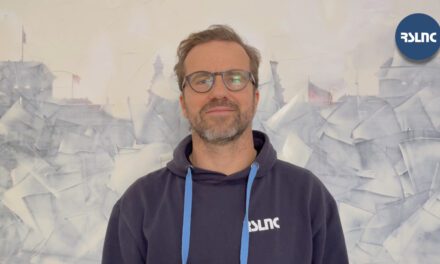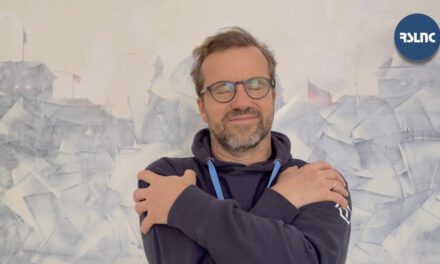It is extremely important for our well-being that we have the feeling of being recognised and seen by others – just as we are. Only then can we feel truly accepted. And of course the same applies the other way round – we also want to know who the other person opposite us really is. This is the only way we can build trust.
But why do you often have the feeling of not being seen? And why might this have more to do with ourselves than with the supposed disinterest of others?
The answer is incredibly simple – but not quite so easy to live up to. Because being seen and being able to see another person has a lot to do with the fact that you can only be seen if you show yourself. And we often don’t. And we don’t even realise that we’re not doing it. And then we ask ourselves: “Why can’t anyone see me?”
One of the reasons for this is the fear of rejection. And so we often try to be who we think others expect us to be. This is basically very toxic and manipulative behaviour, where we think: “What does the other person expect from me now? What would I have to do for him / her to like / love / find me attractive or desirable?” And that, of course, is the absolute opposite of showing yourself. The fear of rejection is therefore often greater than the desire for authenticity and genuine connection. But thank God you can unlearn one and learn the other.
So how can showing yourself be learnt or trained?
- The first step is consciousness. In other words, to realise for yourself in a specific situation: “What is this doing to me right now? What feelings does it trigger within me? What thoughts or emotions do I have? What would do me good at this moment / give me strength / let me be / stay with myself? What would I want to happen now, or how the other person would behave?” The first step is therefore a moment of pausing and introspection.
- The second step is then the supposedly more difficult one: expressing this self-observation to the other person. This is the moment when defensiveness is likely to set in and you may become afraid of the possible consequences. It is therefore important to express this observation in a completely neutral way – if possible without judgement and above all without “accusing” the other person. For example, with sentences like: “That’s really interesting. When I look inside myself, I realise that this conversation / what has just happened does … to me.” In this way, you become visible to the other person and they may also realise: “I would never have thought that … would do that to you. If I had known, I would have …!” This creates a kind of dialogue of showing oneself to the other and being seen, which often opens up completely new perspectives and makes you feel much more connected.
It’s best to try showing yourself first with people and in moments when you feel relatively safe – i.e. not immediately in a highly confrontational situation where the fear of actually showing yourself is probably particularly high. But the aim is, of course, that by practising and gaining positive experiences, you will eventually be able to show yourself and be seen also in challenging situations. Because it is an incredibly powerful tool for becoming more and more self-confident and being able to stand up for yourself.
Have fun trying it out and practising. You will be amazed at how good it all feels after a short time and how much more you will learn about other people that you didn’t know before!





